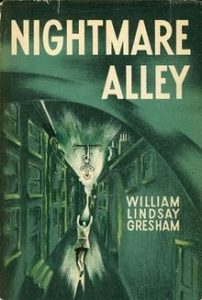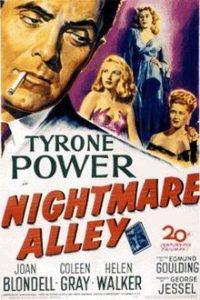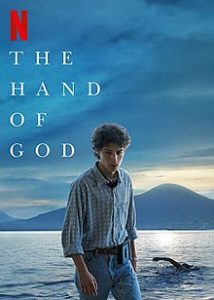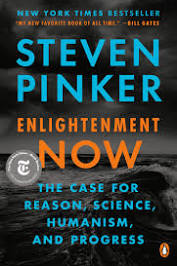Bits and Pieces
The Neuropsychology of “Close Talkers”
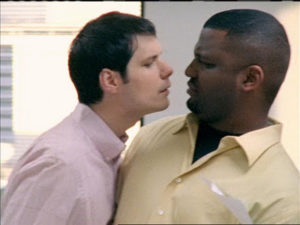
A friend writes:
“A customer, who later became the dentist who performed root canal on me, was one of those people who came very close to you when he talked. Seinfeld described those people as, ‘close talkers.’ Whenever he came into my restaurant for dinner, he would chat with me. While he was talking, I found myself taking little baby steps, trying to back away from him. He would then take baby steps forward. I would often seat him before it was his turn, just to get him out of my face. I often wonder what the psychology behind that behavior is.”
I had a friend that did this. And I had the same experience with him. I didn’t like it because I interpreted it as an unconscious form of intimidation.
But then I read a great book on neuropsychology. (I don’t remember the title.)
Neuropsychology is a discipline that investigates the relations between brain processes/mechanisms and cognition/behavioral control.
One chapter of the book explained that the brain is not fully developed at birth. During the first two years of infancy, a lot of important neural development takes place. Most of this depends on the connection between mother and baby. (The father is not important during this period.) If the baby doesn’t get enough of that maternal attention – including breast contact, eye-to-eye contact, sound contact – its brain will not develop as it should.
Another chapter specifically focused on the part of the brain that, among other things, interprets the relationship between distance and intimacy in speech. People whose brains are insufficiently developed in this way cannot identify how far away they need to be to have comfortable, friendly conversations, or how loudly they must project their voices. Typically, they feel that they need to be closer than the social norm. Thus, they are always doing that encroaching thing
After reading that chapter, I spoke to my friend. I told him that I had great news for him. I said, “Did you ever notice how people often back up when you speak to them? Or ask you to quiet your voice?”
He acknowledged that he had.
“Well, the good news,” I announced, “is that you are brain damaged!” (I think I actually said it that way.)
I explained what I had read and advised him that if he wanted others to feel comfortable in talking to him, he had to stand further away and speak more quietly than felt comfortable to him.
And here’s the most amazing thing. He did that, and has continued to do it ever since. Wouldn’t it be great if all brain problems could be solved with a simple conversation?
Interesting: About US Stock Ownership
Most of America’s stocks are owned by the top 10% of the population. And among those people, stock market wealth is concentrated in the upper 1%. They got richer – about $10 trillion richer – over the last two years.
(Source: Bonner Denning Letter)
Interesting: About Sliced Bread

During World War II, the US government was spending money it didn’t have like never before. Not surprisingly, the cost of nearly everything – from food to fuel – was increasing. In response to this, a new agency, the US Office of Price Administration (OPA), embarked on a nationwide push to ration commodities.
One such commodity was bread. But rather than rationing all bread, which would have pissed off virtually every American, the OPA banned only the sale of pre-sliced bread and the machines that made it.
As with most government plans, there were some unexpected and unwanted outcomes. Bakeries were threatened and fined. Homemakers saw the price of breadknives double. And the populace, as a whole, was irate.
From History.com:
“Invented in 1928, the bread-slicing machine was a revolutionary idea that brought the humble loaf into the modern age. The time-saving creation was so beloved that when the wartime ban was introduced, the American public was outraged. In one letter to The New York Times, a Connecticut woman informed the editor of ‘how important sliced bread is to the morale and saneness of a household.’”
The ban was lifted within two months.
Who’s Counting? Homicide Rates Surged in 2021

Since George Floyd’s death, homicides and other violent crimes have surged. And the great majority of this is Black-on-Black crime. In 2021, 2,400 more Black males and 405 more Black females were murdered than were murdered the year before. According to the FBI, this was the largest year-to-year increase in homicides in US history.
Chicago provides a good example of how this surge exists mostly in Black communities. Through December of 2021, 767 people were murdered in the city. Of that number, 615 (or 80%) were Black. 8 (1%) were White. And 144 were – bizarrely – identified as “unknown.”
On My List: Harbin International Ice and Snow Sculpture Festival

I’ve just put this place on my bucket list in the see-before-you die column. Harbin is a city in the north of China where each year up to 18 million visitors come to see an amazing display of gleaming snow carvings modeled after everything from global landmarks to cartoon characters. The Harbin Ice and Snow World is an exhibition of about 2,000 sculptures, crafted from more than seven million cubic feet of ice and brought to life with computer-controlled LEDs.
Worth Quoting: On Possessions
* “It is preoccupation with possessions, more than anything else, that prevents us from living freely and nobly.” – Bertrand Russell
* “Many wealthy people are little more than janitors of their possessions.” – Frank Lloyd Wright
* “Most people seek after what they do not possess and are thus enslaved by the very things they want to acquire.” – Anwar El-Sadat
 MarkFord
MarkFord

